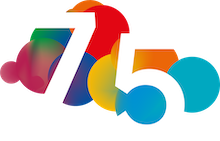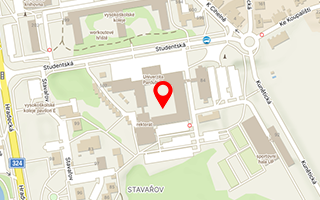- Introduction
The goal of the submitted project is namely:
a) Research of preparation of special cellulosic matrix (films, dimensional 3D-structures and dimensional textiles, composites and its combination with other biopolymers (natural polysaccharides and peptides), or other physiologically active substances.
b) Design of prototypes of matrixes applicable as matrixes for active dressings in wound healing, surgery, or matrixes for tissue engineering. The research will be focused on fading of optimal technology of preparation of matrixes, surface treatment of materials, and incorporation of additives, e.g. biologically active substances or nanoparticles. The matrixes can be applied further in combination with drugs with a purpose of prolongation and effectiveness of required therapy (systems of drug delivery).
c) Creation of conditions for further interdisciplinary cooperation in clinical research in wound healing, clinical microbiology, burn treatment and reconstructive surgery in Czech Republic and abroad.
d) Expansion of production program of a company Holzbecher spol. s r.o. barevna a bělidlo (division Medical) by prospective area of active wound healing and exploiting of built research capacities.
a) Research of preparation of special cellulosic matrix (films, dimensional 3D-structures and dimensional textiles, composites and its combination with other biopolymers (natural polysaccharides and peptides), or other physiologically active substances.
b) Design of prototypes of matrixes applicable as matrixes for active dressings in wound healing, surgery, or matrixes for tissue engineering. The research will be focused on fading of optimal technology of preparation of matrixes, surface treatment of materials, and incorporation of additives, e.g. biologically active substances or nanoparticles. The matrixes can be applied further in combination with drugs with a purpose of prolongation and effectiveness of required therapy (systems of drug delivery).
c) Creation of conditions for further interdisciplinary cooperation in clinical research in wound healing, clinical microbiology, burn treatment and reconstructive surgery in Czech Republic and abroad.
d) Expansion of production program of a company Holzbecher spol. s r.o. barevna a bělidlo (division Medical) by prospective area of active wound healing and exploiting of built research capacities.

